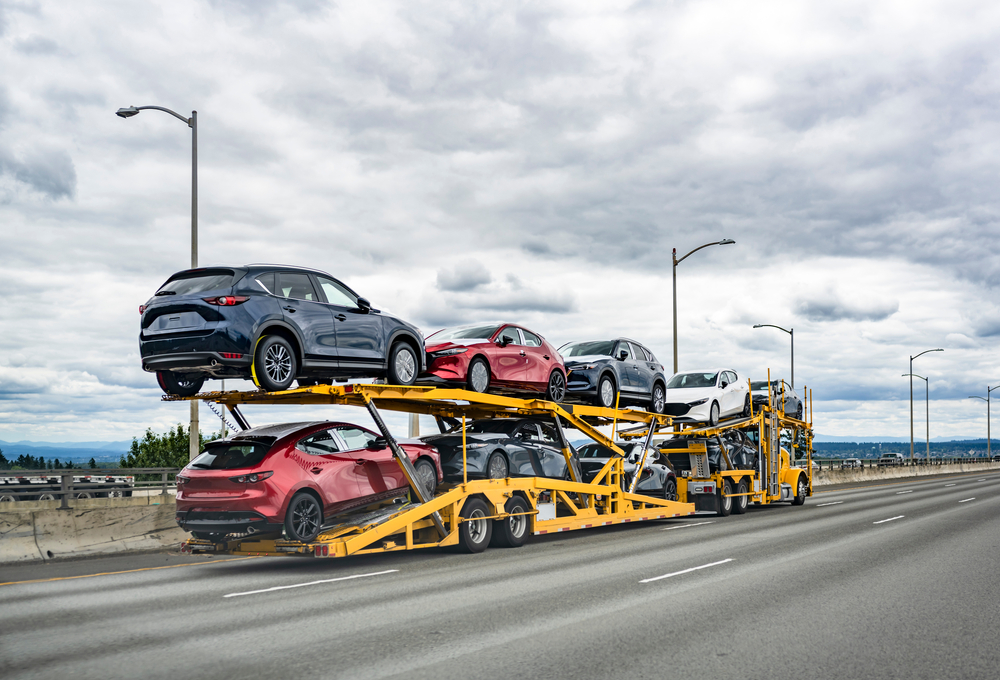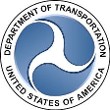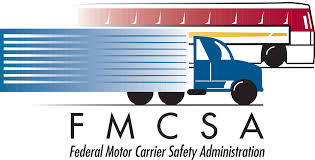
The Complete Timeline: How Long Does Car Shipping Actually Take?
When you need to ship your vehicle across the country, one of the first questions that comes to mind is simple yet crucial: “How long will this actually take?” Whether you’re relocating for a new job, buying a car from another state, or sending a vehicle to a family member, understanding realistic shipping timeframes can help you plan better and set proper expectations.
The short answer? Most car shipments take between 1-2 weeks for cross-country transport, but the reality is more nuanced than that. Let’s break down exactly what affects your shipping timeline and what you can realistically expect.
The Standard Timeline Breakdown
Coast-to-Coast Shipping: 7-14 Days
Shipping a car from California to New York, or any similar cross-country route, typically takes 7-14 days. This includes pickup time, actual transport, and delivery. The wide range accounts for various factors we’ll discuss below.
Regional Shipping: 2-7 Days
For shorter distances within the same region (like Texas to Oklahoma, or Florida to Georgia), expect 2-7 days total. These shipments often move faster due to shorter routes and more frequent carrier runs.
State-to-State (Adjacent): 1-5 Days
Moving your car to a neighboring state usually takes 1-5 days, with many shipments completing in just 2-3 days.
What Actually Affects Your Shipping Time?
Distance and Route Popularity
Popular routes between major cities move faster because carriers run these routes more frequently. A car going from Los Angeles to Phoenix will likely ship faster than one going from rural Montana to rural Maine, even if the distances are similar.
Carrier Type and Scheduling
- Open carriers typically have more frequent departures and faster scheduling
- Enclosed carriers may take longer to schedule due to limited availability
- Expedited service can reduce total time by 2-5 days but comes at a premium cost
Seasonal Factors
Summer months (May through September) generally see faster shipping times due to better weather conditions and higher carrier activity. Winter shipping, especially in northern routes, can add 2-4 days due to weather delays and reduced carrier availability.
Pickup and Delivery Location Types
- Terminal-to-terminal: Often faster for scheduling but requires you to drop off and pick up at carrier facilities
- Door-to-door: More convenient but may take 1-3 additional days for scheduling, especially in rural areas
The Real Timeline: What Happens When?
Day 1-3: Booking and Assignment
Once you book your shipment, it typically takes 1-3 days for the carrier to assign your vehicle to a truck and schedule pickup. During peak season, this can extend to 5-7 days.
Day 1-2: Pickup Window
Most carriers provide a 1-2 day pickup window. The actual pickup usually happens within this timeframe, though delays can occur due to route optimization or weather.
Days 2-10: In Transit
This is where your car is actually moving. Cross-country shipments spend 5-10 days in transit, while regional moves typically take 1-4 days. Carriers make multiple stops for pickups and deliveries along the route.
Final Day: Delivery
Delivery usually happens within a 1-2 day window, similar to pickup. You’ll typically receive 24-48 hours notice before delivery.
Common Delays and How to Avoid Them
Weather-Related Delays
Severe weather can add 1-5 days to your shipment. Unfortunately, these delays are largely unavoidable, but booking during favorable weather seasons can minimize risk.
Mechanical Issues
Carrier breakdowns happen but are relatively rare. Reputable companies have contingency plans that typically add only 1-2 days to your shipment.
Route Changes
Sometimes carriers need to adjust routes due to road conditions or scheduling conflicts. This usually adds 1-3 days but helps ensure safer transport.
Inspection and Documentation Delays
Thorough vehicle inspections at pickup and delivery are crucial but can occasionally cause minor delays of a few hours.
How to Get the Fastest Shipping Times
Book in Advance
Scheduling your shipment 1-2 weeks ahead typically results in faster service than last-minute bookings.
Choose Popular Routes
Major city-to-city routes almost always ship faster than rural locations.
Be Flexible with Dates
Providing a wider pickup and delivery window gives carriers more scheduling flexibility.
Consider Terminal Service
If you’re comfortable dropping off and picking up at carrier terminals, this often shaves 1-3 days off total time.
Prepare Your Vehicle
Having your car ready for pickup (cleaned, documented, with minimal fuel) prevents delays during the pickup process.
Setting Realistic Expectations
While we’ve outlined typical timeframes, it’s important to plan for potential delays. Here are some realistic planning guidelines:
- For cross-country moves: Plan for 2-3 weeks total, hope for 1-2 weeks
- For regional shipping: Plan for 1-2 weeks, expect 3-7 days
- For emergency situations: Expedited service can work, but still plan for at least 5-7 days minimum
The Bottom Line
Car shipping timelines depend on numerous factors, but most shipments complete within the expected windows when you work with experienced carriers. The key is understanding that while 7-14 days is typical for long-distance shipping, building in buffer time for your planning will save you stress and ensure you’re not caught off guard by normal industry variations.
Remember, the cheapest option isn’t always the fastest, and the fastest isn’t always the most reliable. Focus on working with reputable carriers who communicate clearly about expectations and provide tracking updates throughout the process.
When you’re ready to ship your vehicle, factor in these timelines along with your other moving logistics. With proper planning and realistic expectations, car shipping can be a smooth part of your relocation or vehicle purchase process. Call 855-623-3200 for your free quote today!








